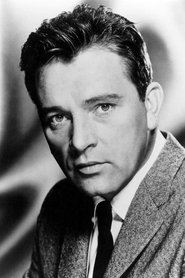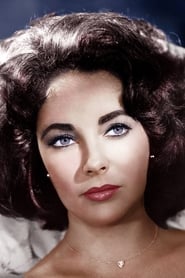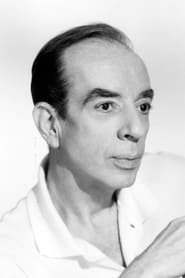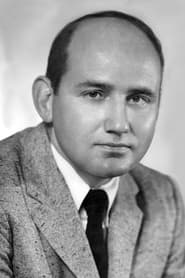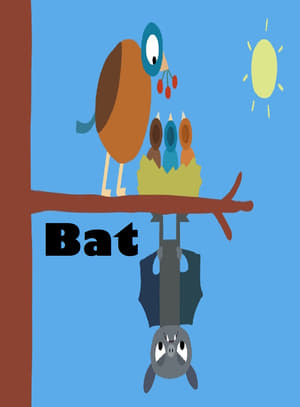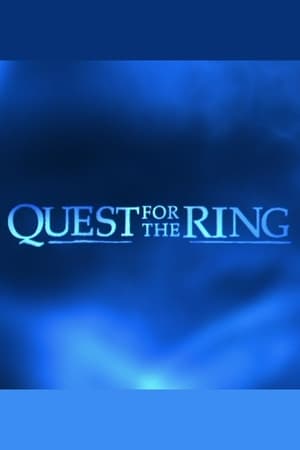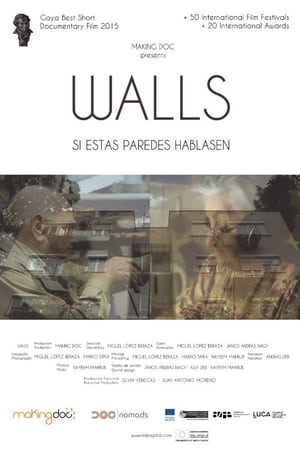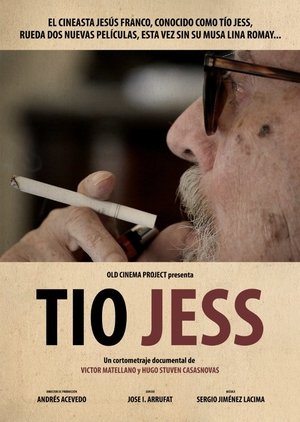
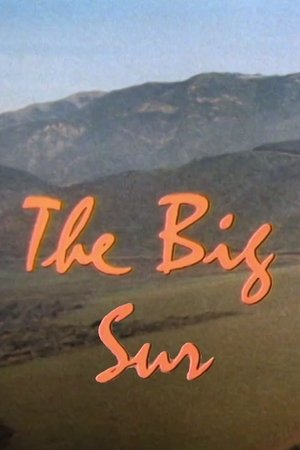
The Big Sur(1965)
This MGM short film narrated by Richard Burton promotes its upcoming major release "The Sandpiper" (1965), starring Burton and his then wife Elizabeth Taylor. Panoramic shots of the ocean, the seashore, and the desert segue into the artistic community with various of its well-known artists at work and play. It all leads to clips from the film being made.

Movie: The Big Sur

The Big Sur
HomePage
Overview
This MGM short film narrated by Richard Burton promotes its upcoming major release "The Sandpiper" (1965), starring Burton and his then wife Elizabeth Taylor. Panoramic shots of the ocean, the seashore, and the desert segue into the artistic community with various of its well-known artists at work and play. It all leads to clips from the film being made.
Release Date
1965-05-01
Average
6
Rating:
3.0 startsTagline
Genres
Languages:
EnglishKeywords
Recommendations Movies
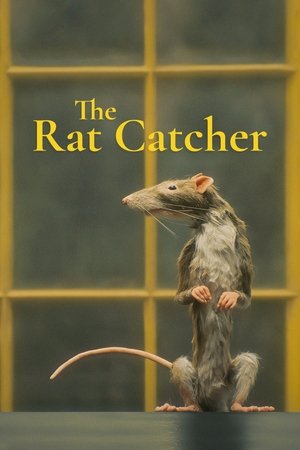 6.6
6.6The Rat Catcher(en)
In an English village, a reporter and a mechanic listen to a ratcatcher explain his clever plan to outwit his prey.
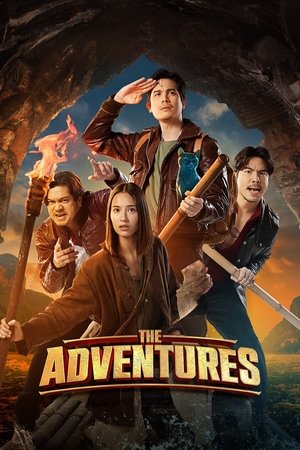 5.9
5.9The Adventures(th)
Joy, a secretary at a large multinational company, has an online shopping problem, likes to read adventure novels and watch travel and adventure shows. She daydreams about living a life of adventure.
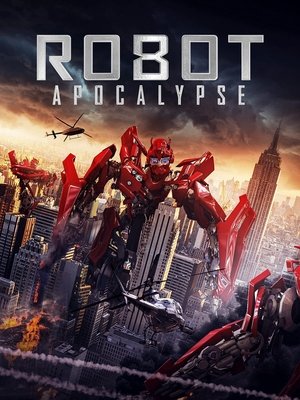 6.3
6.3Robot Apocalypse(en)
An expert hacker is targeted by a sentient AI after she realizes the threat it poses, and she must try to stay off its radar long enough to stop it.
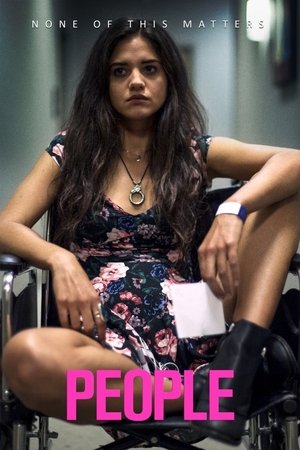 5.9
5.9People(en)
Six vignettes pit an assortment of characters against each other in everyday situations.
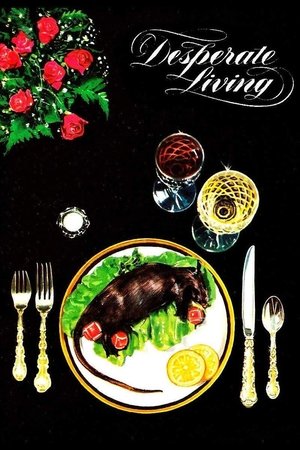 6.5
6.5Desperate Living(en)
After killing her husband, Peggy Gravel and her murderous maid Grizelda wind up in the crazy town of Mortville, where Queen Carlotta presides over a sleazy collection of misfits.
 5.8
5.8Collision(en)
Over the course of one fateful day, a corrupt businessman and his socialite wife race to save their daughter from a notorious crime lord.
 7.6
7.6The Wonderful Story of Henry Sugar and Three More(en)
Four tales unfold in Wes Anderson's anthology of short films adapted from Roald Dahl's beloved stories, "The Wonderful Story of Henry Sugar", "The Swan", "The Rat Catcher", and "Poison".
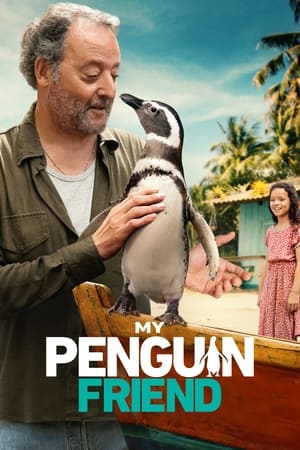 7.5
7.5My Penguin Friend(en)
A lost penguin rescued from an oil spill transforms the life of a heartbroken fisherman. They become unlikely friends, so bonded that even the vast ocean cannot divide them.
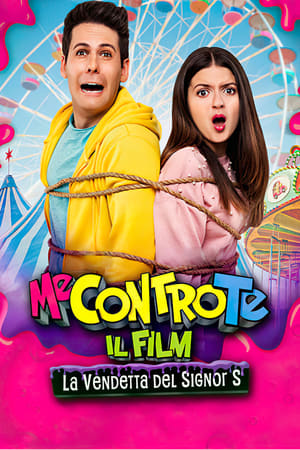 8.0
8.0Me Against You: Mr. S's Vendetta(it)
A young couple who makes popular YouTube videos for children sets out to win an award, but an evil mastermind stands in the way of their success.
 7.6
7.6My Friends Act II(it)
The four old friends meet on the grave of the fifth of them, Perozzi, who died at the end of the first episode. Time has passed but they are still up for adventures and cruel jokes, and while they recall the one they created together with the late friend, new ones are on their way, starting right there at the cemetery.
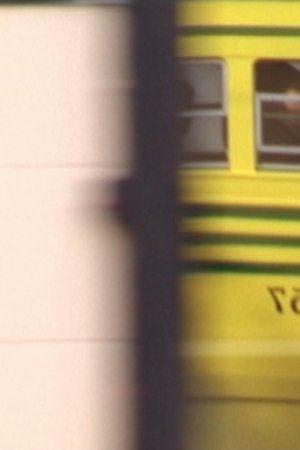 5.7
5.7way(en)
San Francisco filmmaker Konrad Steiner took 12 years to complete a montage cycle set to the late Leslie Scalapino’s most celebrated poem, way—a sprawling book-length odyssey of shardlike urban impressions, fraught with obliquely felt social and sexual tensions. Six stylistically distinctive films for each section of way, using sources ranging from Kodachrome footage of sun-kissed S.F. street scenes to internet clips of the Iraq war to a fragmented Fred Astaire dance number.
 6.7
6.7Witch Hunt(en)
In a modern America where witches are real and witchcraft is illegal, a sheltered teenager must face her own demons and prejudices as she helps two young witches avoid law enforcement and cross the southern border to asylum in Mexico.
 6.5
6.5Sniper: G.R.I.T. - Global Response & Intelligence Team(en)
When an international terrorist cult threatens global political stability and kidnaps a fellow agent, Ace Sniper Brandon Beckett and the newly-formed Global Response & Intelligence Team – or G.R.I.T. – led by Colonel Stone must travel across the world to Malta, infiltrate the cult, and take out its leader to free Lady Death and stop the global threat.
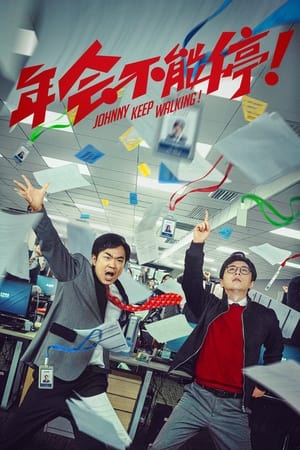 7.5
7.5Johnny Keep Walking!(zh)
Fitter Hu Jianlin was transferred to the headquarters by accident when the group was laying off employees. He is full of jokes because he is incompatible with the environment of the big factory. Human resources manager Ma Jie, who was caught up in the "wrong adjustment" incident, was forced to go around hiding it in order to keep his job. Is he able to keep his job after this mistake?
 4.5
4.5The Outwaters(en)
Deep in the Mojave desert, under a scorching blood-red sun, four travelers have set up camp to make art. One fateful night, the group is thrust into a feverish tornado of flayed flesh and mind-boggling monstrosities, the likes of which mere humans simply cannot fathom.
 7.0
7.0The Goldman Case(fr)
A second trial begins in November 1975 against French left-wing revolutionary Pierre Goldman, accused of several armed robberies and the death of two chemists.
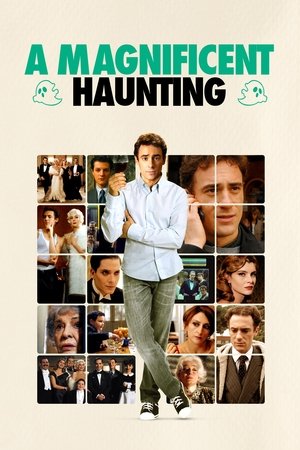 6.5
6.5A Magnificent Haunting(it)
An aspiring actor discovers that his spacious new apartment comes complete with eight friendly ghosts.
 7.4
7.4Peeping Tom(en)
Loner Mark Lewis works at a film studio during the day and, at night, takes racy photographs of women. Also he's making a documentary on fear, which involves recording the reactions of victims as he murders them. He befriends Helen, the daughter of the family living in the apartment below his, and he tells her vaguely about the movie he is making.
Similar Movies
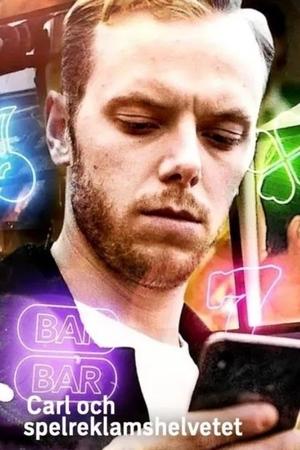 0.0
0.0Carl och spelreklamshelvetet(sv)
Internet comedian Carl Déman from the humor group JLC lived a life that looked glorious. But beneath the surface was a terrible gambling addiction that almost cost him his life. In 2019, he and other gambling addicts struggle to stay afloat in a contemporary age marinated in gambling advertising. Carl wants to ask those who make the advertising how they think and wonders why the advertising profiles now also come from the world of culture and entertainment.
 6.7
6.7Workers Leaving the Lumière Factory(fr)
Working men and women leave through the main gate of the Lumière factory in Lyon, France. Filmed on 22 March 1895, it is often referred to as the first real motion picture ever made, although Louis Le Prince's 1888 Roundhay Garden Scene pre-dated it by seven years. Three separate versions of this film exist, which differ from one another in numerous ways. The first version features a carriage drawn by one horse, while in the second version the carriage is drawn by two horses, and there is no carriage at all in the third version. The clothing style is also different between the three versions, demonstrating the different seasons in which each was filmed. This film was made in the 35 mm format with an aspect ratio of 1.33:1, and at a speed of 16 frames per second. At that rate, the 17 meters of film length provided a duration of 46 seconds, holding a total of 800 frames.
 0.0
0.0Grandpa's in the Tuff Shed(en)
It adroitly tells the story of a "counter culture" young man who when his grandfather dies, packs the body in dry ice, and stores him in a Tuff Shed, waiting for the time when advances in modern medicine can bring him back to life. I am not making this up. Then our young men gets deported back to Norway on unrelated charges. Then, quite a while later, people look up and take notice ... "Hey ... there appears to be a frozen dead guy in that shed over there."
 0.0
0.0Solar Do-Nothing Machine(en)
In 1957, Charles and Ray designed the Solar Do-Nothing Machine for Alcoa, the Aluminum Company of America. True to the Eameses’ belief that toys are not as innocent as they appear, the machine was one of the first uses of solar power to produce electricity. In the 1990s, Eames Demetrios discovered unedited footage of the wonderful machine. He cut it together to produce a new film that shares a bit of its flavor for future generations to enjoy.
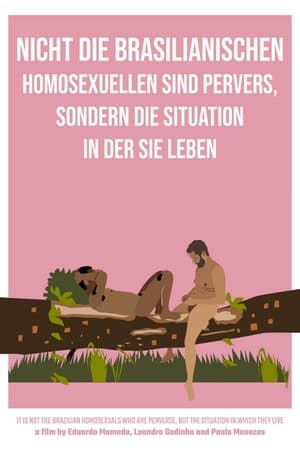 1.0
1.0It Is Not the Brazilian Homosexuals Who Are Perverse, But the Situation in Which They Live(pt)
Two queer Brazilians go skinny dipping in a lake where they talk about love, sex, colonialism and migration, on a pandemic summer afternoon in Berlin.
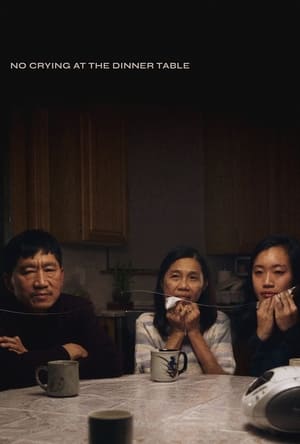 7.3
7.3No Crying at the Dinner Table(en)
Filmmaker Carol Nguyen interviews her own family to craft an emotionally complex and meticulously composed portrait of intergenerational trauma, grief, and secrets in this cathartic documentary about things left unsaid.
 0.0
0.0Now Is the Time(en)
When internationally renowned Haida carver Robert Davidson was only 22 years old, he carved the first new totem pole on British Columbia’s Haida Gwaii in almost a century. On the 50th anniversary of the pole’s raising, Haida filmmaker Christopher Auchter steps easily through history to revisit that day in August 1969, when the entire village of Old Massett gathered to celebrate the event that would signal the rebirth of the Haida spirit.
 0.0
0.0Multiple Man(en)
A many-faced view of humanity, of global man in all his forms and interests. Produced originally in 70 mm (with stereophonic sound) for showing at Man and His World, the Montréal fair that succeeded Expo 67, this film employs the multi-image technique. People of all places, origins, cultures, secular and religious, are here united and seen side by side, creating an impressive, inspiring and challenging portrait. The film's title appears in seven languages. Film without words.
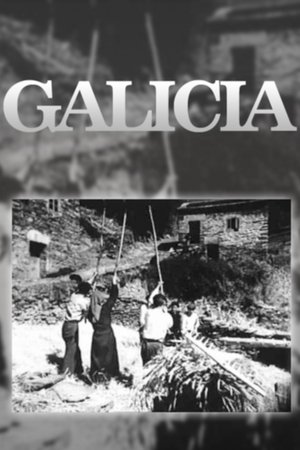 6.0
6.0Galicia(es)
Short documentary about social and economic situation in Galicia (Spain) in 1936
 7.0
7.0Land Without Bread(es)
An exploration —manipulated and staged— of life in Las Hurdes, in the province of Cáceres, in Extremadura, Spain, as it was in 1932. Insalubrity, misery and lack of opportunities provoke the emigration of young people and the solitude of those who remain in the desolation of one of the poorest and least developed Spanish regions at that time.
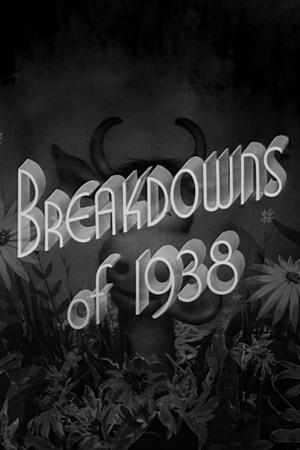 5.0
5.0Breakdowns of 1938(en)
Flubs and bloopers that occurred on the set of some of the major Warner Bros. pictures of 1938.
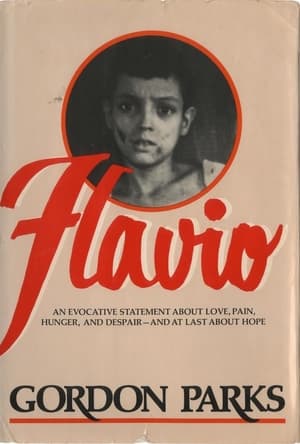 6.0
6.0Flavio(en)
Documentary about a boy living with his family in extreme poverty in Rio de Janeiro.
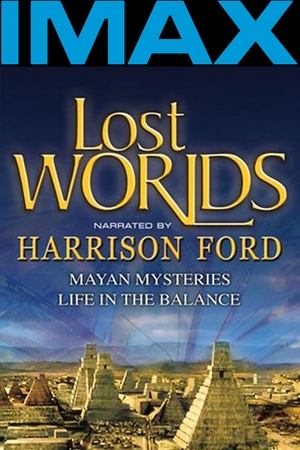 5.0
5.0Lost Worlds: Life in the Balance(en)
Lost Worlds looks at untouched aspects of nature in parts of the world where humans rarely tread. From plants, to animals, to geology, this artfully photographed documentary presents facets of the biological world that you are not likely to see anywhere else.
 7.2
7.2Mysteries of the Unseen World(en)
Mysteries of the Unseen World transports audiences to places on this planet that they have never been before, to see things that are beyond their normal vision, yet literally right in front of their eyes. Mysteries of the Unseen World reveals phenomena that can't be seen with the naked eye, taking audiences into earthly worlds secreted away in different dimensions of time and scale. Viewers experience events that unfold too slowly for human perception
